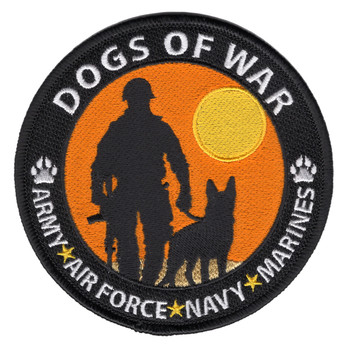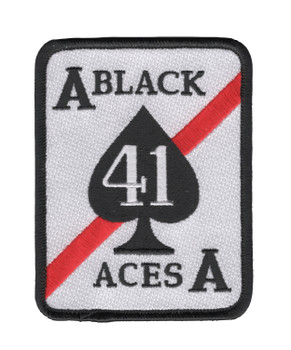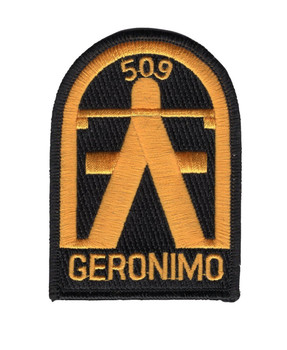Description
FAETULANT Patch (U.S. Navy) 4.0" x 4.5" Embroidered Patch with Sew-On Backing
Superior Materials: Made with premium polyester thread and durable twill fabric, ensuring long-lasting color and strength.
Advanced Embroidery Technology: Crafted using the most advanced embroidery machinery, guaranteeing intricate detail, sharp lines, and consistent quality every time.
Easy Iron-On Application: Features a heat-activated adhesive backing for quick, no-sew attachment. Simply position, iron, and press for a secure bond.
Versatile Use: Perfect for personalizing jackets, backpacks, uniforms, or any fabric surface that needs a touch of personality.
Durable and Washable: Designed to withstand everyday wear and occasional washing without fading or fraying.
Formations & Origins
FAETULANT stands for Fleet Air Electronics Training Unit Atlantic, a specialized training squadron of the United States Navy dedicated to the education and proficiency of naval aviators and technicians in airborne electronic warfare and electronic systems. Formed during the Cold War era, FAETULANT was established to provide advanced, hands-on training in the rapidly evolving field of electronic warfare—a critical area as the Navy sought to counter increasingly sophisticated threats from adversaries’ radar and missile systems.
Notable Commanders
Leadership at FAETULANT typically consisted of officers with strong backgrounds in naval aviation and electronics warfare. These commanders had the crucial task of staying ahead of technological advancements and shaping curricula that would keep U.S. naval aviators and crew proficient in using and countering cutting-edge electronic systems. The commanding officers fostered a culture of technical excellence and tactical innovation.
Major Campaigns/Operations
As a training unit, FAETULANT was not directly engaged in combat but played a vital indirect role by preparing aircrews for deployment worldwide. Graduates from the unit went on to serve in major conflicts such as Vietnam, the Gulf War, and later operations in the Global War on Terror. The unit’s training ensured that aviators and electronic warfare officers could effectively disrupt enemy radar, jam communications, and protect their own strike groups during complex missions.
Specialized Role/Equipment
FAETULANT specialized in instruction on electronic warfare suites, radar operation, signal intelligence, and countermeasures. Training platforms included aircraft equipped with sophisticated EW systems—such as versions of the EA-6B Prowler and later electronic warfare variants of other naval aircraft. The unit’s curriculum combined classroom theory, simulators, and live-flight exercises to create realistic training environments. This made FAETULANT essential in developing the tactical electronic warfare capabilities of the fleet.
Acts of Heroism
Though FAETULANT itself was a training squadron, the personnel it trained carried their expertise into combat zones where electronic warfare was often a decisive factor in mission success and survival. Many alumni of FAETULANT distinguished themselves in combat by employing their specialized skills to protect strike packages from enemy surface-to-air missiles, disrupt enemy command and control, and gather crucial intelligence under fire. The legacy of heroism is therefore carried forward by those who passed through FAETULANT’s rigorous program.
Legacy & Notable Achievements
FAETULANT’s legacy is one of technical mastery and vital contribution to naval air power. By developing elite electronic warfare professionals, the unit helped maintain U.S. naval aviation’s technological edge through multiple decades of geopolitical challenges. The patch symbolized this specialized role with electronic motifs and references to Atlantic Fleet heritage. Though the unit eventually merged into broader electronic warfare training commands as technology and organizational structures evolved, its impact on naval aviation remains significant.







